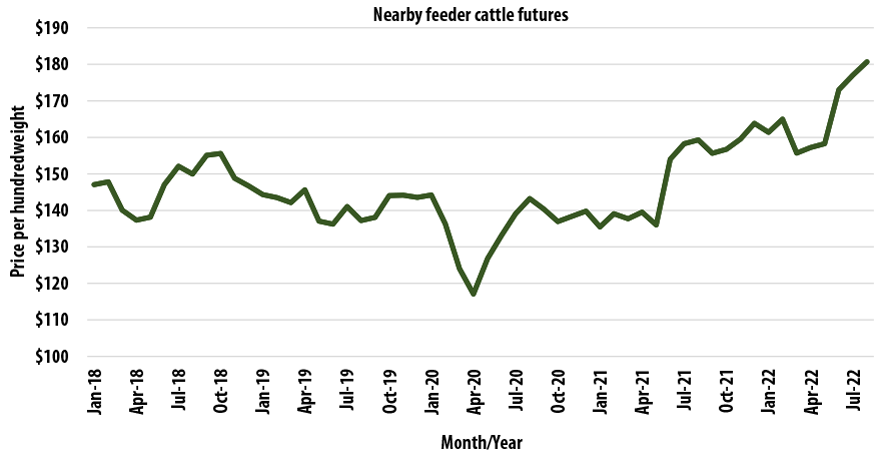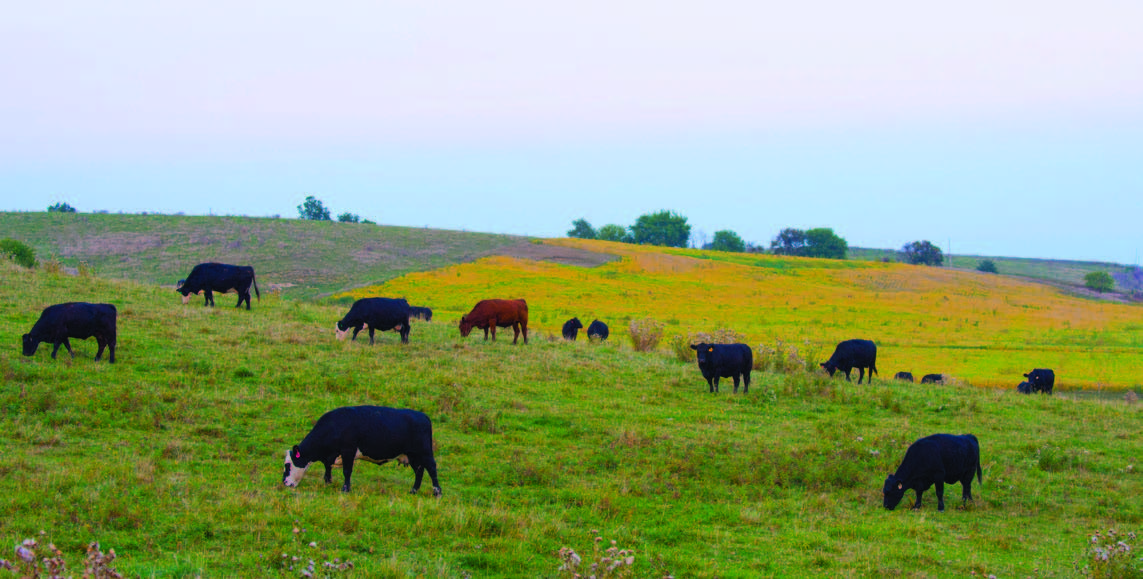Bagley Risk Management Solutions: Your Guard Against Uncertainty
Bagley Risk Management Solutions: Your Guard Against Uncertainty
Blog Article
Comprehending Livestock Threat Defense (LRP) Insurance Policy: A Comprehensive Overview
Navigating the realm of livestock danger defense (LRP) insurance policy can be a complicated endeavor for numerous in the agricultural industry. From exactly how LRP insurance coverage works to the numerous insurance coverage alternatives available, there is much to uncover in this extensive guide that could potentially shape the way livestock producers approach risk management in their services.

How LRP Insurance Functions
Periodically, comprehending the mechanics of Animals Danger Defense (LRP) insurance coverage can be intricate, however damaging down exactly how it functions can offer clarity for farmers and herdsmans. LRP insurance policy is a danger management device created to safeguard animals producers versus unexpected rate declines. The plan allows manufacturers to set an insurance coverage level based upon their particular demands, choosing the variety of head, weight variety, and coverage price. As soon as the policy remains in area, if market costs drop below the insurance coverage cost, producers can file a claim for the distinction. It is very important to note that LRP insurance is not an earnings warranty; instead, it concentrates solely on cost threat security. The insurance coverage period typically varies from 13 to 52 weeks, offering adaptability for manufacturers to pick a period that straightens with their production cycle. By utilizing LRP insurance policy, ranchers and farmers can reduce the monetary dangers related to varying market value, making sure better security in their operations.
Eligibility and Coverage Options

When it comes to coverage alternatives, LRP insurance coverage provides producers the flexibility to choose the protection level, protection duration, and endorsements that best suit their threat management requirements. Protection levels usually vary from 70% to 100% of the expected ending value of the insured livestock. Manufacturers can also choose protection durations that line up with their production cycle, whether they are guaranteeing feeder livestock, fed cattle, swine, or lamb. Recommendations such as cost risk defense can even more customize protection to safeguard against negative market changes. By comprehending the eligibility requirements and protection choices available, animals producers can make informed decisions to handle danger efficiently.
Benefits And Drawbacks of LRP Insurance Policy
When examining Animals Threat Defense (LRP) insurance policy, it is crucial for livestock manufacturers to consider the downsides and benefits integral in this threat administration device.

One of the key advantages of LRP insurance policy is its capacity to supply security versus a decrease in livestock costs. This can assist protect producers from monetary losses resulting from market changes. Furthermore, LRP insurance supplies a level of adaptability, permitting manufacturers to tailor insurance coverage degrees and plan durations to fit their specific requirements. By securing an assured cost for their livestock, manufacturers can better take care of threat and prepare for the future.
One constraint site of LRP insurance coverage is that it does not secure versus all types of threats, such as condition episodes or all-natural catastrophes. It is vital for producers to carefully evaluate their private risk direct exposure and financial situation to identify if LRP insurance coverage is the appropriate danger monitoring device for their operation.
Recognizing LRP Insurance Coverage Premiums

Tips for Making Best Use Of LRP Benefits
Making best use of the advantages of Animals Risk Defense (LRP) insurance requires strategic planning and proactive threat management - Bagley Risk Management. To take advantage of your LRP protection, consider the adhering to tips:
Routinely her response Analyze Market Problems: Remain educated concerning market fads and rate fluctuations in the livestock market. By keeping an eye on these factors, you can make educated choices concerning when to purchase LRP protection to safeguard versus possible losses.
Set Realistic Protection Degrees: When choosing protection degrees, consider your manufacturing costs, market price of livestock, and prospective threats - Bagley Risk Management. Setting practical coverage degrees makes sure that you are appropriately secured without overpaying for unnecessary insurance
Expand Your Protection: Rather than relying exclusively on LRP insurance coverage, take into consideration expanding your risk monitoring methods. Incorporating LRP with various other risk administration devices such as futures contracts or choices can supply detailed coverage versus market uncertainties.
Testimonial go and Readjust Coverage Regularly: As market conditions alter, occasionally examine your LRP protection to ensure it aligns with your existing risk exposure. Changing coverage degrees and timing of purchases can aid maximize your danger security method. By adhering to these suggestions, you can maximize the advantages of LRP insurance policy and protect your livestock procedure versus unanticipated dangers.
Conclusion
Finally, livestock risk security (LRP) insurance is a useful tool for farmers to manage the monetary dangers associated with their animals operations. By recognizing exactly how LRP works, eligibility and coverage choices, in addition to the benefits and drawbacks of this insurance policy, farmers can make enlightened choices to protect their source of incomes. By carefully thinking about LRP costs and carrying out methods to make best use of advantages, farmers can reduce prospective losses and guarantee the sustainability of their operations.
Animals manufacturers interested in getting Livestock Risk Protection (LRP) insurance can discover a range of qualification requirements and protection alternatives tailored to their specific animals procedures.When it comes to insurance coverage alternatives, LRP insurance coverage provides manufacturers the versatility to pick the coverage level, coverage duration, and recommendations that finest suit their threat administration needs.To grasp the ins and outs of Livestock Threat Protection (LRP) insurance policy completely, comprehending the aspects affecting LRP insurance policy premiums is crucial. LRP insurance policy costs are figured out by numerous components, including the protection degree chosen, the anticipated rate of livestock at the end of the insurance coverage duration, the type of animals being insured, and the length of the coverage duration.Review and Readjust Coverage Routinely: As market problems change, periodically assess your LRP protection to guarantee it straightens with your existing risk exposure.
Report this page